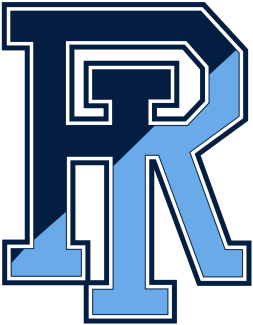This article appears in the December edition of US Lacrosse Magazine. Don’t get the mag? Join US Lacrosse today to start your subscription.
Retriever Fever
by Matt Hamilton, Staff Writer
I was there to hop on the Dane Train. My trip to UMBC on April 6 was part of a bigger story on Albany men’s lacrosse, which featured Tewaaraton finalist Connor Fields and freshman phenom Tehoka Nanticoke.
I visited the team at its hotel the night before the game and got on-field access to an America East matchup with the Retrievers. Undefeated Albany, even without an injured Fields, was expected to roll past UMBC (2-7) and retain the top ranking in Division I.
I stood behind the Albany bench through a tight first quarter that saw the home team lead 3-2. Early jitters for the Great Danes.
Then UMBC scored five straight goals to lead 8-2 over the nation’s top team. Still, Albany certainly had the capability to come back and the firepower to do it quickly.
Fans at UMBC Stadium were anxious as the Retrievers took a 9-3 lead entering the fourth quarter. It had been just three weeks since the basketball team upset top-seeded Virginia in the NCAA tournament, and it looked like UMBC was headed for another colossal upset.
As the fourth quarter started, my focus started to shift toward the UMBC bench. The cellys were top notch, and a major storyline was developing. I walked over to the UMBC sideline as the final seconds ticked off, shooting video of the celebration as the final horn sounded.
That night, I hopped off the Dane Train and wound up on the UMBC Express.
Do You Believe in Miracles?
By Matt DaSilva, Editor in Chief
OK, so maybe it’s a stretch to equate the Miracle on the Mediterranean to the Miracle on Ice. No one’s confusing Team USA for an underdog in lacrosse. But that ending, wow.
And for the first time here, I’m going to admit it: I missed Tom Schreiber’s goal. There I was, in Netanya Stadium, feverishly jotting down the sequence that preceded it, when Schreiber somehow found a seam in that Canadian defense and Rob Pannell fed him in the perfect spot for the last-second goal that gave the U.S. a gold medal.
I happened to be sitting next to S.L. Price, the senior writer for Sports Illustrated, who has seen his fair share of history-making moments in sports. As soon as Schreiber scored, he yelped, and the wide-eyed expression peering out from underneath his fedora told me everything I needed to know.
The frenetic finish in many ways perfectly capped a once-in-a-lifetime experience. Lacrosse in Israel, its holy surroundings bringing the best and toughest lacrosse players in the world to their knees in awe, the unscripted convergence of East and West in the lobby of a kibbutz — this is a beautiful game.


























































